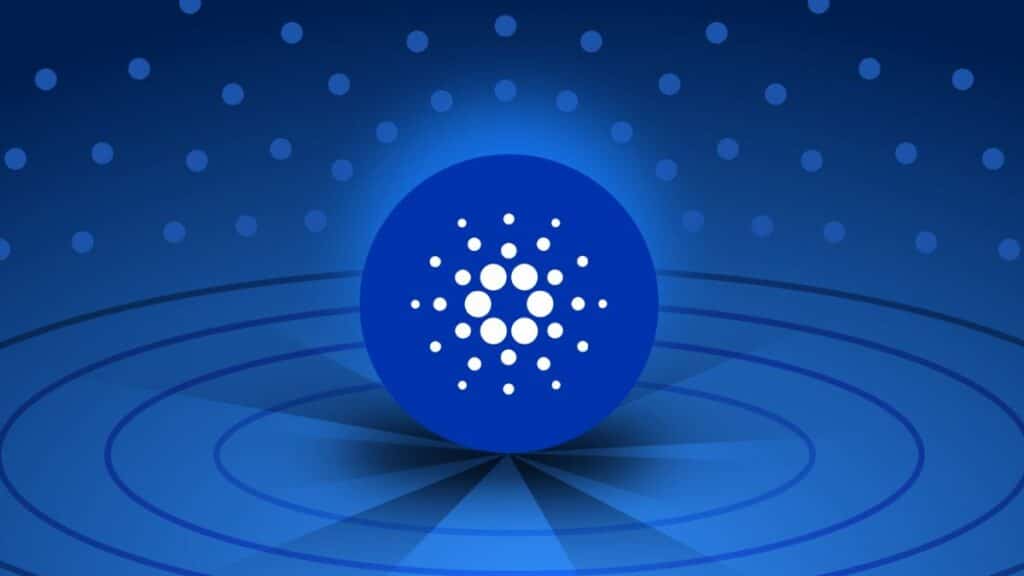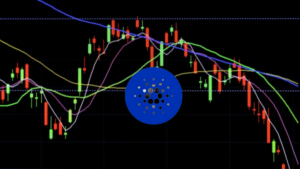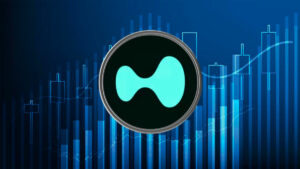Cardano (ADA), which is currently the seventh-largest cryptocurrency by market cap, has been steadily working toward scaling, and the forthcoming Hydra upgrade is set to further advance the decentralized network.
Hydra is a protocol family that is one of the main components of Cardano’s layer-2 scaling path in the Basho phase. The Hydra Head, the first of this group of protocols, offers the framework on which additional scaling can be built.
What new features should we expect from Hydra upgrade?
The Hydra upgrade is Cardano’s own Layer 2 solution and is expected to increase transaction processing speed and capacity significantly, making it more competitive with other major cryptocurrencies. This could ultimately attract more users and investors to the platform, potentially driving up ADA’s value even further.
The protocol will allow developers to add specialized smart contracts on top of Cardano. This is expected to boost the network’s protection and scalability.

However, if everything happens according to plan, the Cardano network could eventually handle up to 1 million transactions per second (TPS). This may indicate that Cardano will achieve transaction speeds that are 15 times faster than Solana, given that Solana presently handles about 65,000 TPS.
Charles Hoskinson, the creator of Cardano, had previously indicated that Hydra could also help with other things like quick finishing, microtransactions, and micro gorging.
The development of the Hydra protocol has also been greeted with high hopes, as it is essential to Cardano’s ongoing growth and adoption, even though its mainnet launch date is still unknown because no information about the official release has been made public to date.
Meanwhile, with its scaling solutions, including those introduced by the Vasil Upgrade, ADA, the Cardano network’s native currency, is well-positioned to grow as more people and projects become part of the network.
Additionally, Sebastien Guillemot, the co-founder of dcSpark and contributor at Cardano, recently shared updates about Cardano’s Ethereum Virtual Machine (EVM) layer, Milkomeda, which he said is launching a feature next month to allow every Cardano user to use EVM contracts directly from any Cardano wallet.
He noted,
“Not only this, but it will be the largest EVM chain with staking rewards fully operational!”
Cardano will be a top EVM chain next month
Milkomeda (Cardano’s EVM layer) is launching a feature allowing EVERY Cardano user to use EVM contracts directly from ANY Cardano wallet
All in pure ADA
This will instantly make Cardano one of the largest EVM chains by user count pic.twitter.com/fp6WwdFmF4
— Sebastien Guillemot (@SebastienGllmt) March 30, 2023












